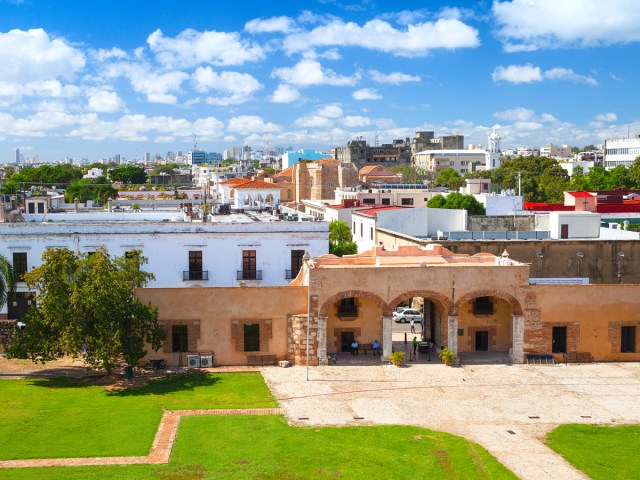We often cross bridges without giving them a second thought, but some bridges are worthy of some extra attention. A handful were the longest, widest, tallest, or highest at the time of their construction. Some were the first of their kind, and others were constructed using engineering methods that had never been used before. For a plethora of reasons, these projects were ahead of their time, so let’s take a look at eight of history’s record-breaking bridges.
Golden Gate Bridge – San Francisco, California
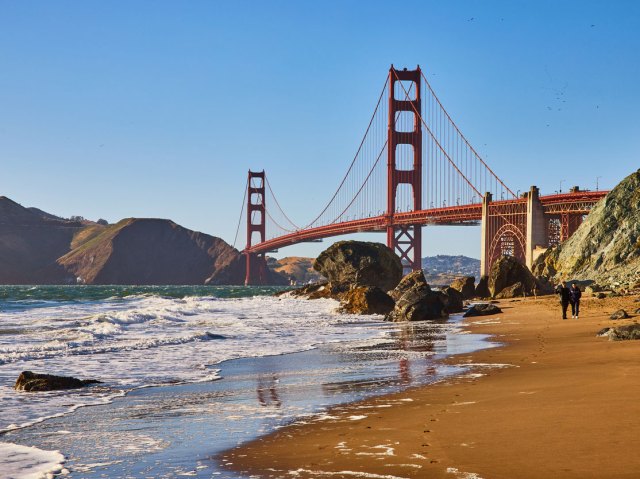
At the time of its opening in 1937, San Francisco’s Golden Gate Bridge was the longest suspension bridge in the world. The middle span, measured from tower to tower, extends an impressive 4,200 feet over the Golden Gate Strait. Joseph Baermann Strauss was the engineer responsible for the bridge’s innovative design, overcoming concerns about obstacles such as strong currents, fog, and the risk of earthquakes. Ultimately, Strauss proved the naysayers wrong when they said such a bridge couldn’t be built. Today, though the Golden Gate is still an icon, it has lost its crown. The current record holder for the longest suspension bridge is the 1915 Çanakkale Bridge in Turkey, whose comparable span measures 6,637 feet.
Gateshead Millennium Bridge – United Kingdom
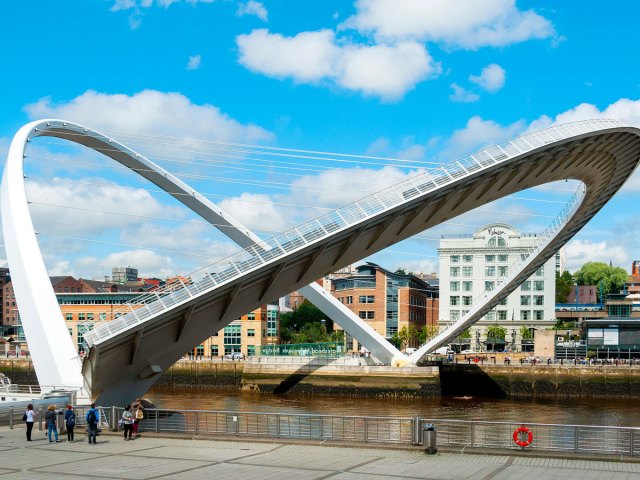
A tilting bridge is something you don’t see everyday. If you’re interested in laying eyes on one, you’ll have to travel just beyond the city of Newcastle-upon-Tyne in northern England, as the Gateshead Millennium Bridge (opened in 2002) is the first and only one of its kind on the planet. The ability to tilt not only looks cool, but it also serves a practical purpose. Typically, cyclists and pedestrians pass over the bridge, but its span can be moved to allow ships to pass beneath it. Trash is also automatically collected during this time, reducing the amount that might otherwise blow into the River Tyne.
Hartland Covered Bridge – New Brunswick, Canada
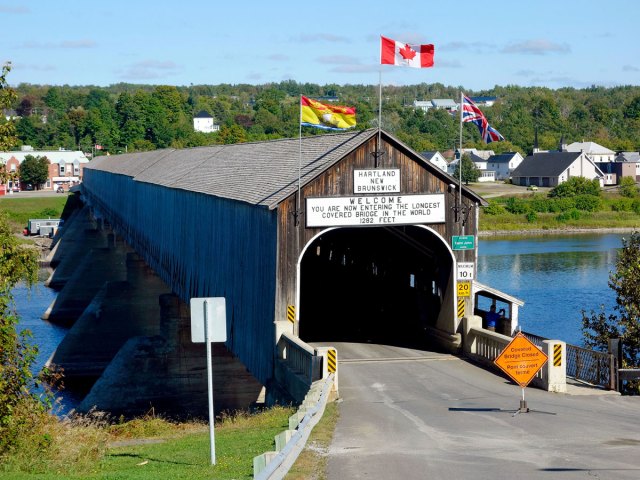
Hartland Covered Bridge, a National Historic Site of Canada, is the longest extant covered bridge in the world. This 1,282-foot-long crossing over the St. John River in New Brunswick was actually built without a roof in 1901. The wooden structure is an example of a “kissing bridge,” a tradition from the time of horses and buggies. Carriages would carry courting couples, who would pause in the middle of the bridge to receive a chaste peck on the cheek. When the bridge was covered over in 1921, there were concerns that being hidden from sight might encourage unseemly behavior. However, such fears proved unfounded, and the bridge was left unchanged.
Sydney Harbour Bridge – Australia
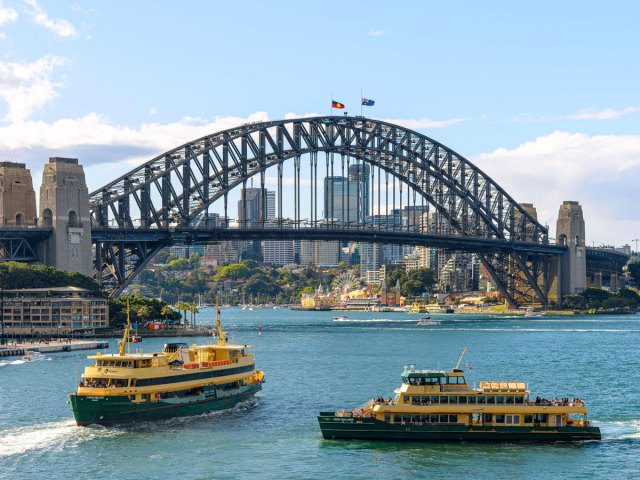
Sydney Harbour Bridge was a multiple record-breaker at the time it was unveiled in 1932. Comprising 550,000 individual pieces of steel held together by 6 million rivets, the landmark took eight years to assemble. At 160 feet across, no other bridge in the world had ever been built as wide. The Sydney Harbour Bridge retained its title from 1932 to 2012, losing it when the 213-foot-wide Port Mann Bridge in Vancouver was finished. But Australia’s most famous bridge does hold the title of the tallest steel arch bridge in the world — no other bridge has broken that record so far.
Ironbridge – United Kingdom
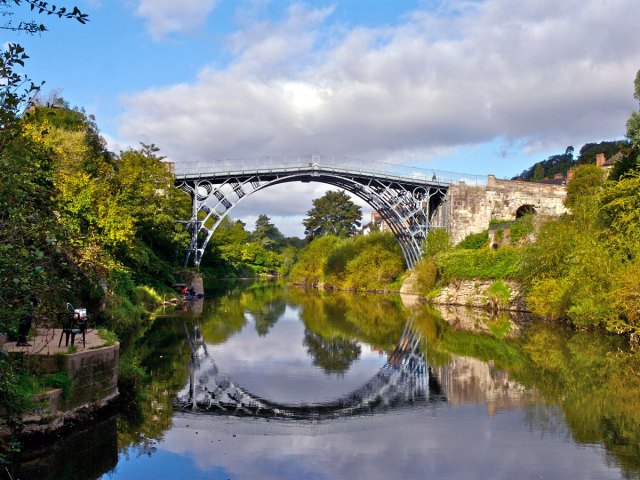
Coal had been mined in this part of Britain since Tudor times, but it was the development of iron manufacturing using coke rather than charcoal that would kickstart the Industrial Revolution and transform a nation. A new bridge was needed to cope with the increased traffic required to carry raw materials, and the Iron Bridge, constructed in 1779, was the answer. Designed by Thomas Farnolls Pritchard with a single arch and built by Abraham Darby III, the bridge rose over the Severn Gorge at Coalbrookdale in the English county of Shropshire as the world’s first-ever cast iron bridge.
Puente de Vizcaya – Spain
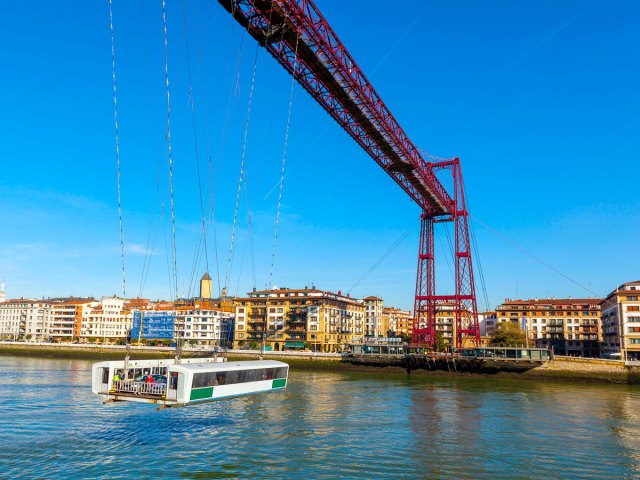
The oldest hanging transporter bridge in the world is Spain’s Puente de Vizcaya. The bridge is located about six miles from Bilbao and spans the Ibaizabal estuary to connect the towns of Getxo and Portugalete. Architect Alberto de Palacio designed the bridge in the late 19th century using twisted steel ropes, a cutting-edge method for the time. But it was the way that the bridge carried goods and passengers that was truly revolutionary — from the day it opened in 1893, they traveled in a suspended gondola with no disruption to shipping. This groundbreaking bridge is still operational and is now a UNESCO World Heritage Site.
Skerne Bridge – United Kingdom

Most bridges were built to accommodate cars and pedestrians, but Skerne Bridge was the world’s first railway bridge. In the early 19th century, English civil engineer George Stephenson needed a bridge so that his brand-new steam train, Locomotion No. 1, could cross the River Skerne in North East England’s County Durham. He enlisted the help of architect Ignatius Bonomi, who suggested a structure that consisted of three arches, one of which would span the water. Builder Francis Peacock took the drawings and made them a reality. On September 27, 1825, the Stockton & Darlington Railway’s first locomotive pulling wagons laden with passengers chugged across the bridge. However, within three years, the embankments were showing significant signs of wear and tear, but fortunately, the bridge was strengthened and is still in use today.
The Helix – Singapore

The Helix is a unique pedestrian bridge that has graced Singapore’s Marina Bay area since 2010. Its design is inspired by human DNA, with opposing double helix structures of stainless steel encircling a pedestrian walkway. The eye-catching bridge is far stronger than it looks: The double helix creates a tubular truss, which means it can support a substantial weight — up to 16,000 people safely at any one time. As another example of how innovative this bridge is, intricate 3-D computer modeling was used in its construction.
More from our network
Daily Passport is part of Inbox Studio, which publishes content that uplifts, informs, and inspires.










